You don’t have to be a car collector to be fascinated by the sight of a Citroen 2CV, that snail-shaped ugly duckling of a four-wheeled conveyance created with the design directive that it would cost less than the equivalent of $1,000, be capable of carrying four people — or two people and more than 100 pounds of farm products — at speeds up to 40 mph while averaging more than 50 mpg (20 kilometers on a liter of fuel), and could do so in such a way that a basket of a dozen eggs could be transported across a plowed field without any of the eggs breaking.
The idea was to provide affordable motorized transportation for the largely rural population of the country. The deux chevaux name came not from the vehicle’s actual horsepower — its air-cooled two-cylinder engine actually provided 9 horsepower to the front wheels — but derived from the fact that such a vehicle would be taxed at the two-horsepower rate by the French government.
The 2CV was introduced in 1948, and in various forms it remained in production until 1990.
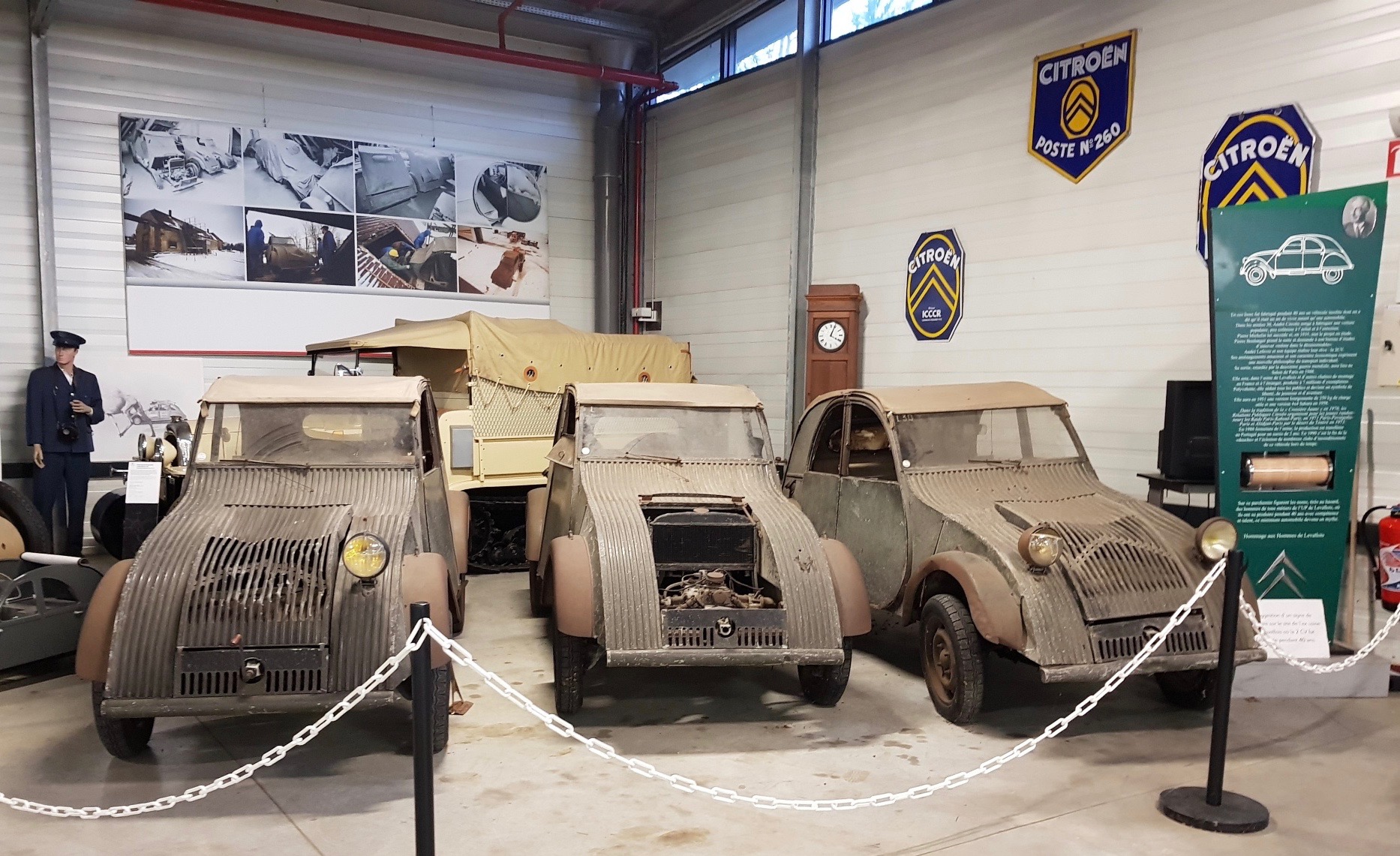
But this isn’t a story about the 2CV. Instead, our focus is on the TPV, or toute petite voiture (very small car), the ill-fated project that proceeded it, a project that produced a remarkable fleet of 250 prototype vehicles that were about to be unveiled at the 1939 Paris Motor Show but instead were destroyed rather than being allowed to fall into the hands of the invading Nazi army and thus perhaps become used against the French public.
As it turned out, not all of those prototypes were destroyed. Four were hidden away, three of them reportedly by Citroen employees whose bosses didn’t know the cars had been saved, and saved so well that they were not re-discovered until 1994 in the attic of a farm near Ferte-Vidame, where Citroen has its vehicle-testing facility. Another was disguised as a pickup truck. The other TPV, that was hidden by Citroen, was restored in 1968 and was on display at the recent Retromobile classic car showcase in Paris, where Citroen officially celebrated the 70th anniversary of the 2CV.
You have to wonder about the potential fate of Europe’s automakers had the TPV gone into production instead of into destruction. Might it — and its maker — have rivaled the people’s car being developed by Volkswagen, or the Topolino from Fiat?
It was in the mid-1930s that European automakers were racing to produced cars that were affordable for the general public as well as exotic vehicles for the rich and famous.
“Four wheels under an umbrella” was one definition of the TPV offered at the time by Citroen.
The TPV, constructed of aluminum instead of steel, weighed only 815 pounds and, according to author John Reynolds in his book on classic Ciitroens, was light and small and “even a farmer’s wife could drive and maintain” such a vehicle. And while it looked a lot like the 2CV that would go into production a decade later, it had a water-cooled 2-cylinder engine and carried only a single headlamp, a weight-saving that at the time complied with French road regulations.
At the time, as Citroen’s largest creditor, Michelin had taken over management of the bankrupt automaker. Development was done both at Citroen in Paris and at Michelin in Clermont-Ferrand. Andre Lefebvre, who had designed and raced Grand Prix cars and whose engineering background was in aircraft, led the group designing the car’s chassis. It has been reported that those driving the early test vehicles, which had hammock-style seats suspended by wires hanging from the roof, were outfitted in leather suits worn by flyers in early biplanes.
Soapbox jalopy,”
— quote attributed to Ferdinand Porsche on his seeing a Citroen TPV
Suspension was by leading arms up front and trailing arms in the rear, all connected to eight torsion bars beneath the rear seat. The cars likely were the first to ride on Michelin’s newly developed radial tires.
According to a document found in the Citroen archives, as they invaded France,“the Germans asked us to hand over three cars.” In exchange, Citroen was to receive a Volkswagen people’s car that it could market in France, and offered to send Ferdinand Porsche to France to help with the project.
It also was reported that one of the 1939 TPV prototypes was captured when the Nazi army occupied a former Citroen factory at Levallois and that the car was sent to Germany, where Porsche reportedly called it a “soapbox jalopy.”
Ah, what might have been. But instead, the 250 prototypes were destroyed or hidden away and rather than the TPV of the 1930s, the world welcomes the “tin snail” to a post-war era.



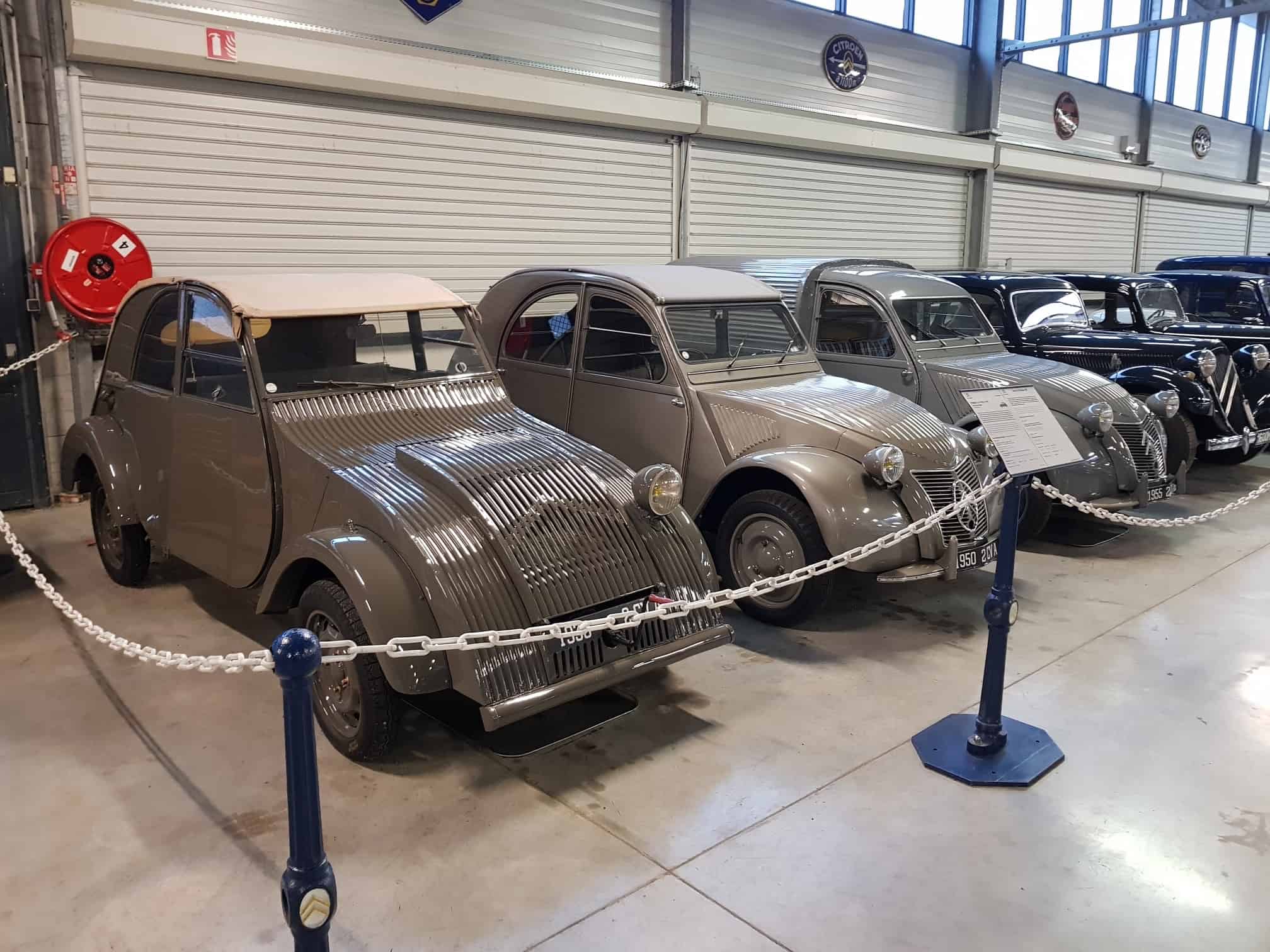
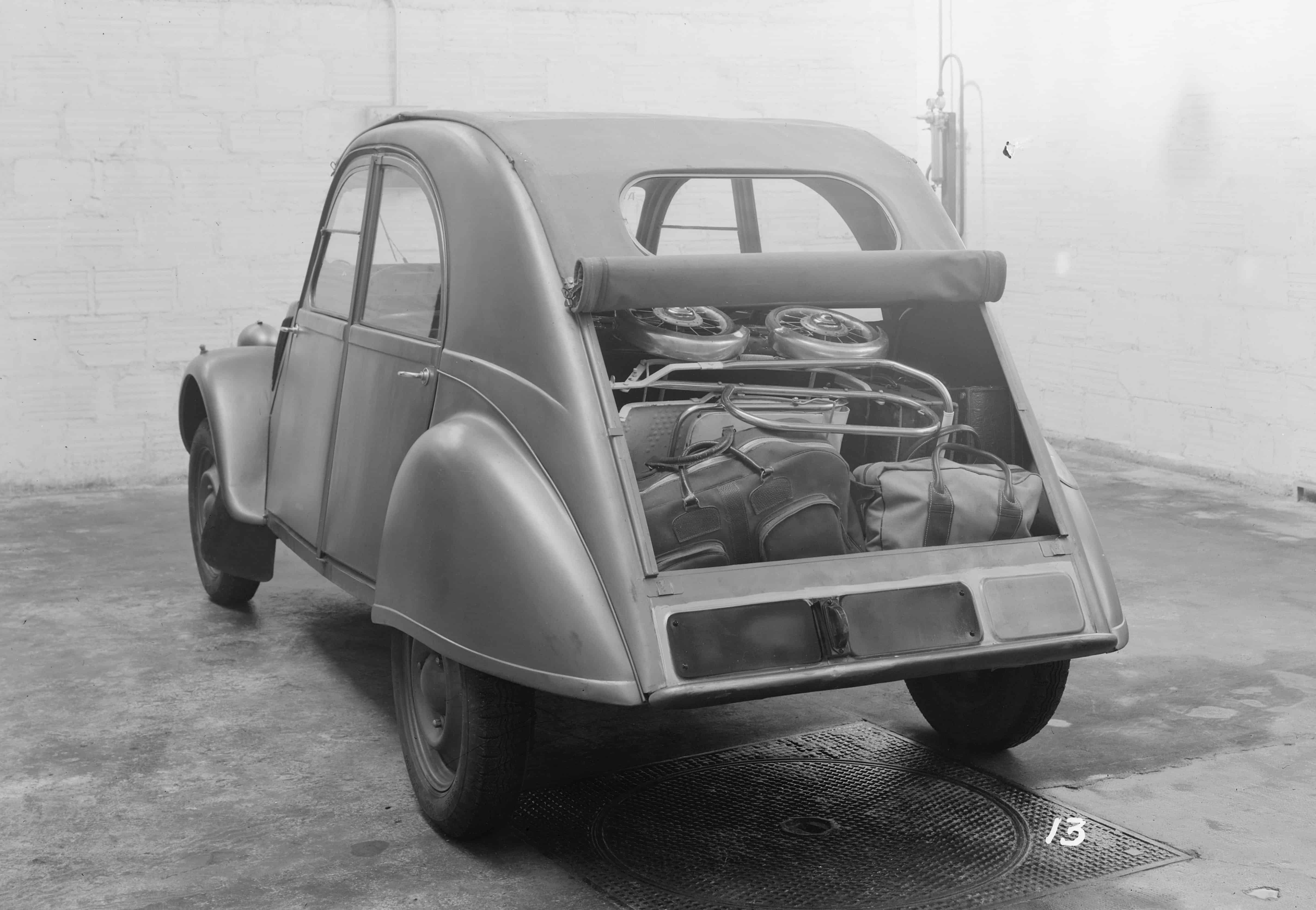
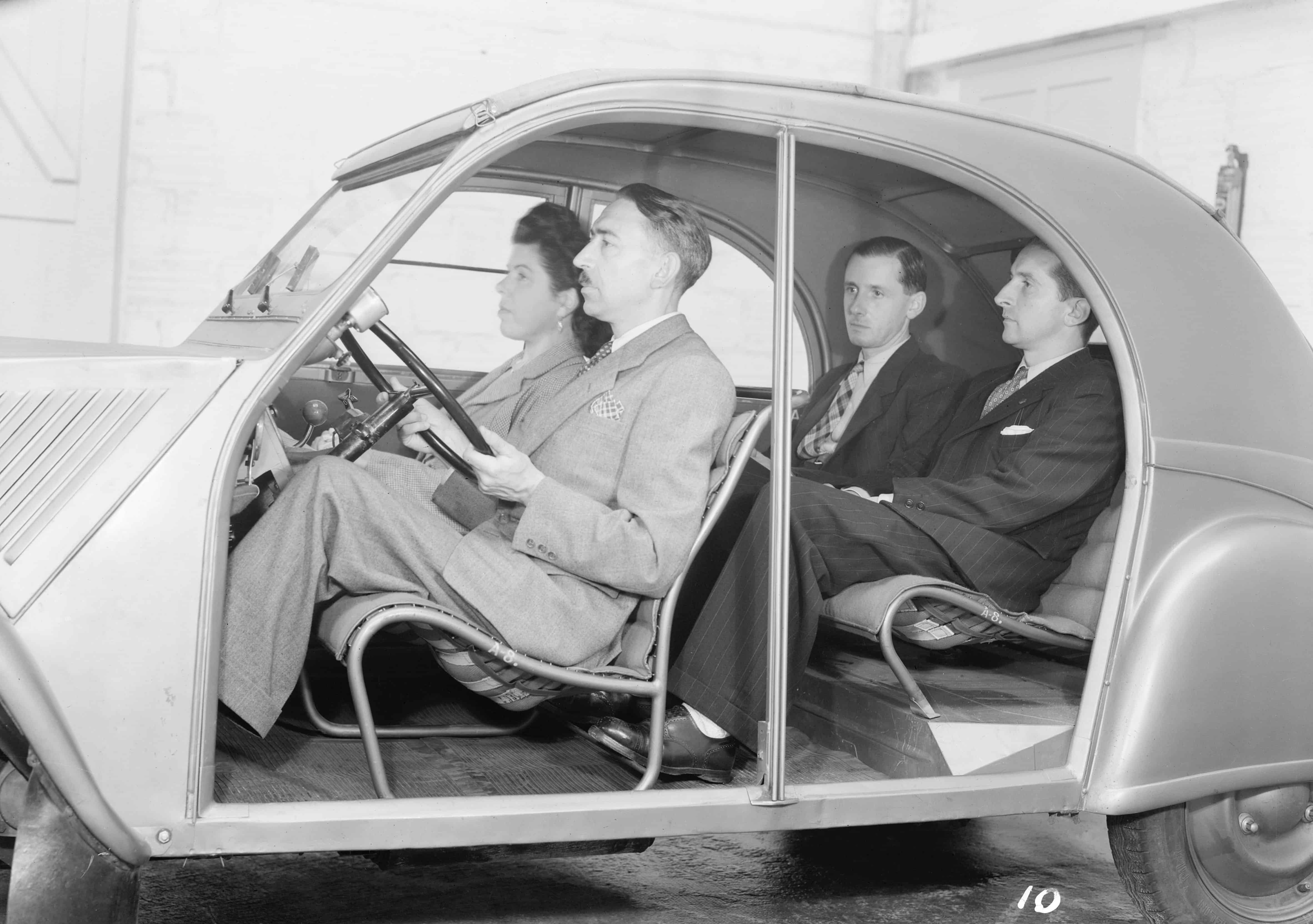
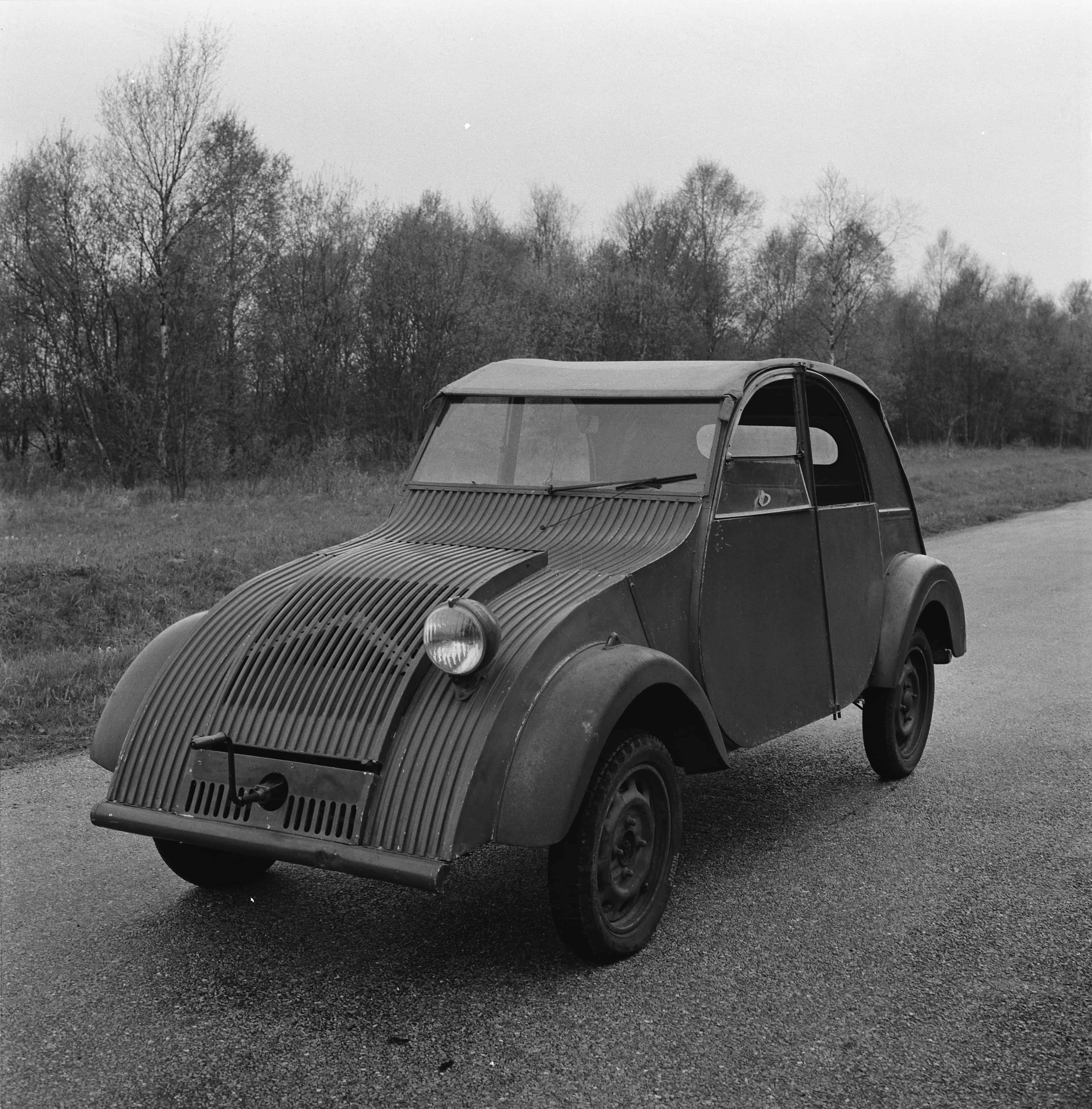
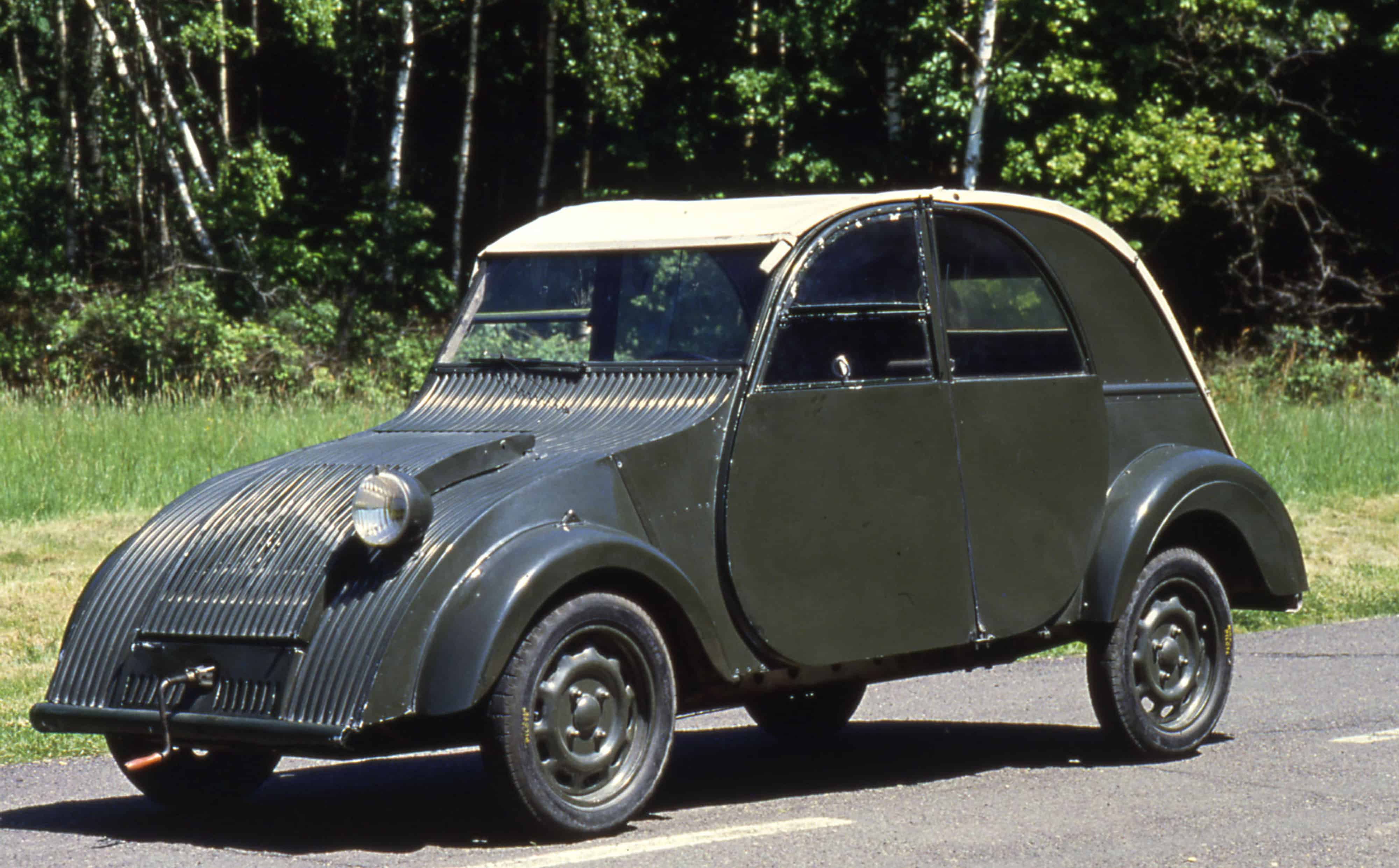


I sought out the owners of the 2CV parked out front of our lunchtime stop several years ago. I offered them a ride in my Bentley Arnage T (6.75 litre, twin turbo V8) if they would take us for a ride in their little Citroen.
During the next half hour they took us for a dash through a pine forest (to demonstrate the amazing 2CV ride) and they found out what it is to travel at over double the New Zealand open road speed limit in near silence. Before anyone starts foaming at the mouth, the 200kph+ run took place on one of the many private hydro roads that criss-cross the Southern Lakes region of our country.
We met as strangers and parted friends.
Cheers, Malcolm Graham